Aside from strolling around Takamatsu in Shikoku, our family made a special trip across the Seto Inland Sea to Kurashiki City in Okayama Prefecture, located on Honshu, to visit the Kurashiki Bikan Historical Quarter, a UNESCO heritage city filled with history and art, and its beautiful white-walled streets.
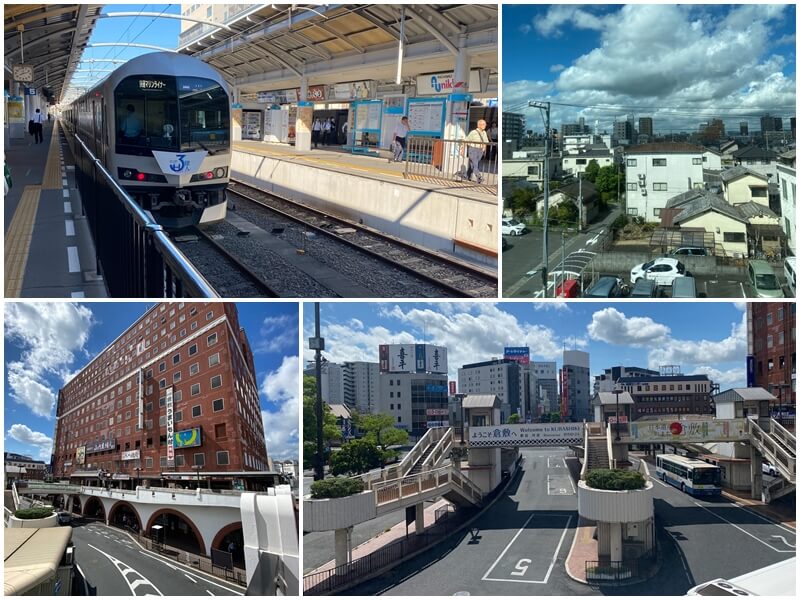
On the seventh day of our ten-day, nine-night self-guided trip in Shikoku, we returned the rental car the day before. So, after breakfast, we took the JR Yosan Line rapid train from Takamatsu Station to Kurashiki. The weather was sunny but with more clouds, making it not too hot. Upon arriving at Kurashiki Station, we could already see many buildings and overhead bridges from the second floor.
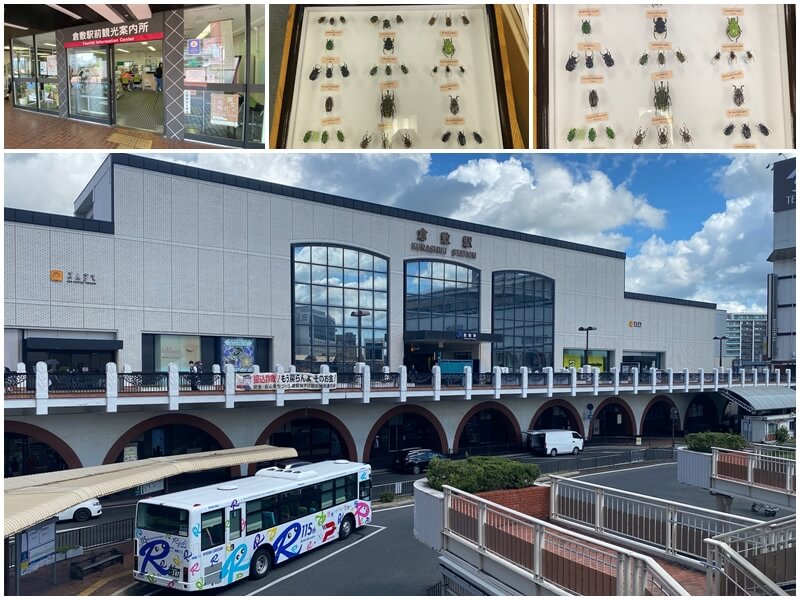
Since the overhead bridge was quite long and we weren’t sure where to go, we first walked to the Kurashiki Station tourist information center to grab a map or brochure. Inside, we found some insect specimens, which was a local feature. From there, we could also take a clear photo of the front of Kurashiki Station.

After descending from the bridge, we walked toward the Bikan area. Most of the shops in the street were closed in the morning, so the walk was easy and the streets were quite empty. Soon, we reached the west approach of the Achi Shrine, and after a bit more walking, we arrived.
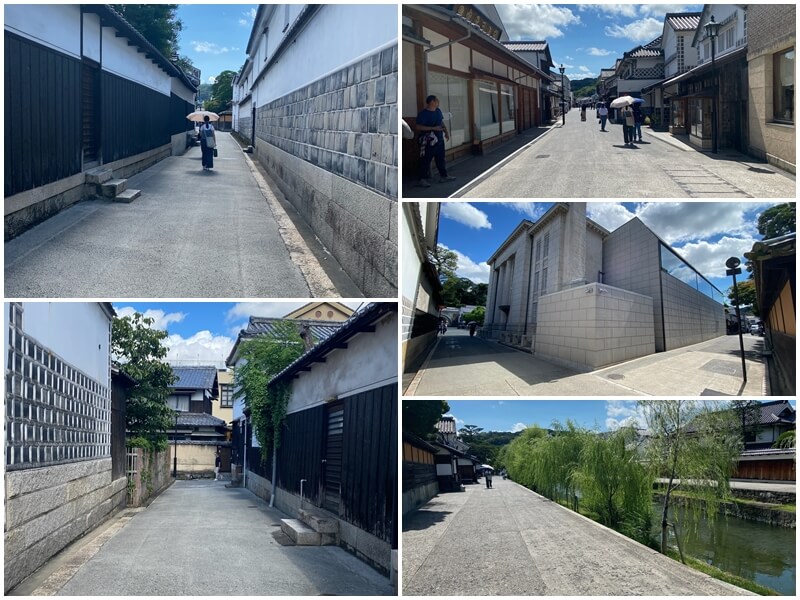
The white-walled warehouses, willow trees, and the scenery were classic and elegant, offering a relaxed and peaceful space. This was the Kurashiki Bikan Historical Quarter.
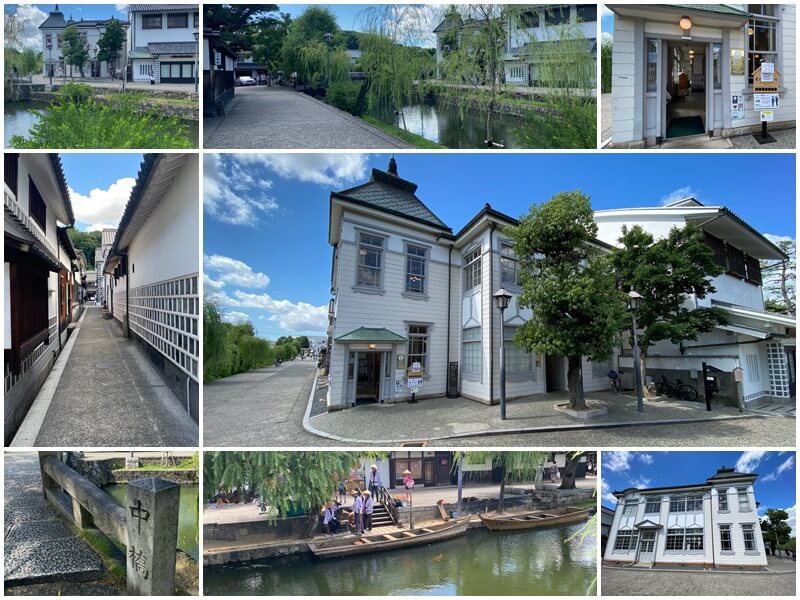
We walked towards the busier area and passed by the Kurashiki-kan, a European-style tourist information center. The upstairs space was also large, and visitors could enjoy a guided tour. Looking out the windows, we could see tourists preparing to board the boats below.
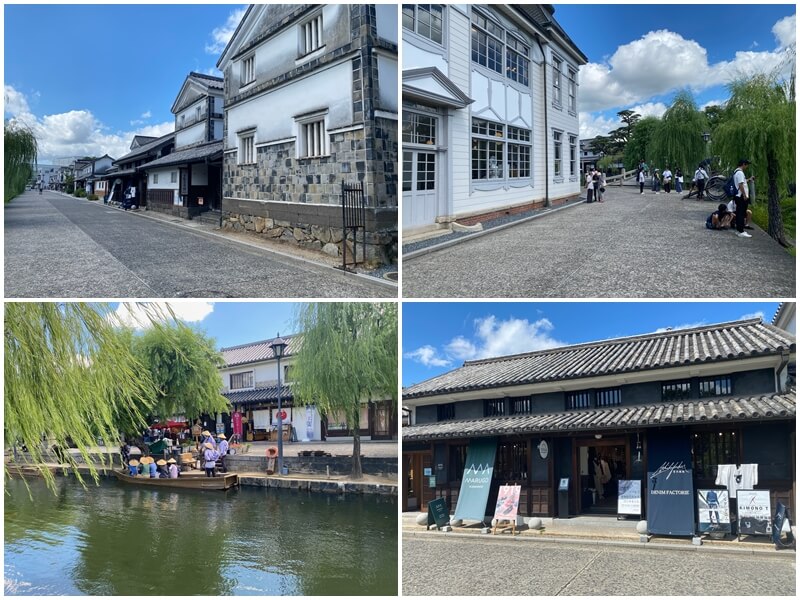
The area had a combination of traditional street views and retro-modern scenery along the Kurashiki River, blending modern and ancient cultures. The streets were wide and spacious with very few cars passing by.
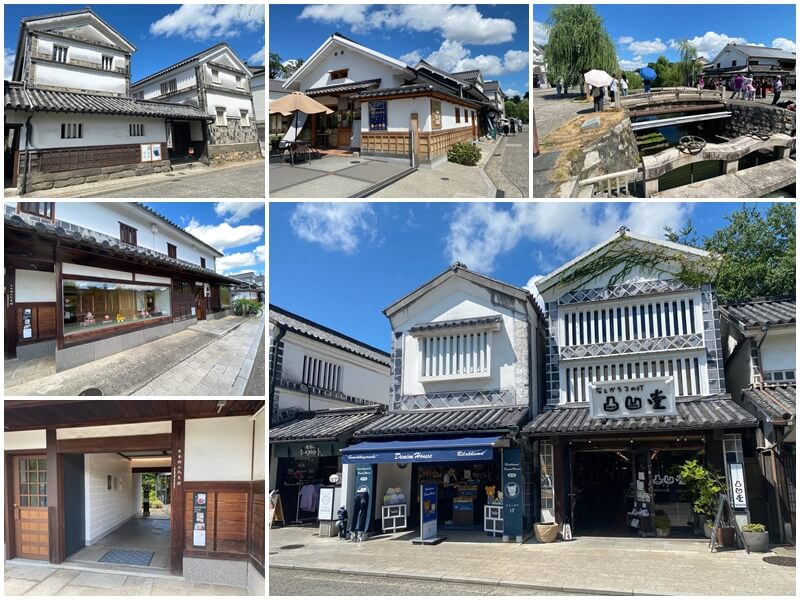
We walked along the Kurashiki River, passing many shops selling different items, including handmade crafts and clothing, making it a place to enjoy shopping for an entire day.
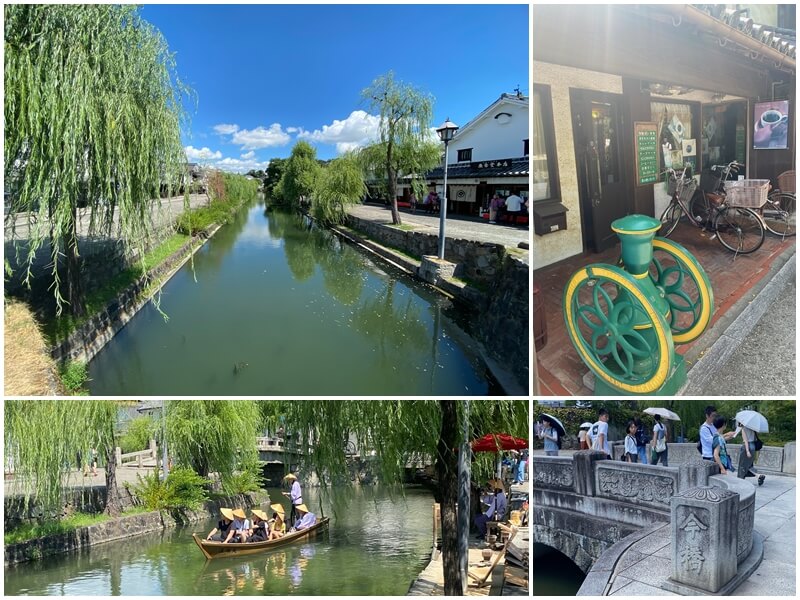
Since we didn’t book a boat tour, we strolled slowly along the riverbank, where there were also many snack shops and gift items to buy as souvenirs.

There was also the Kurashiki Story Museum, a building constructed in the middle of the Edo period, which was free to visit. Inside, there were tatami rooms, exhibition spaces, and a garden that introduced the area’s history. The nagaya (row houses) and warehouses still retain the cultural features of the Edo period.
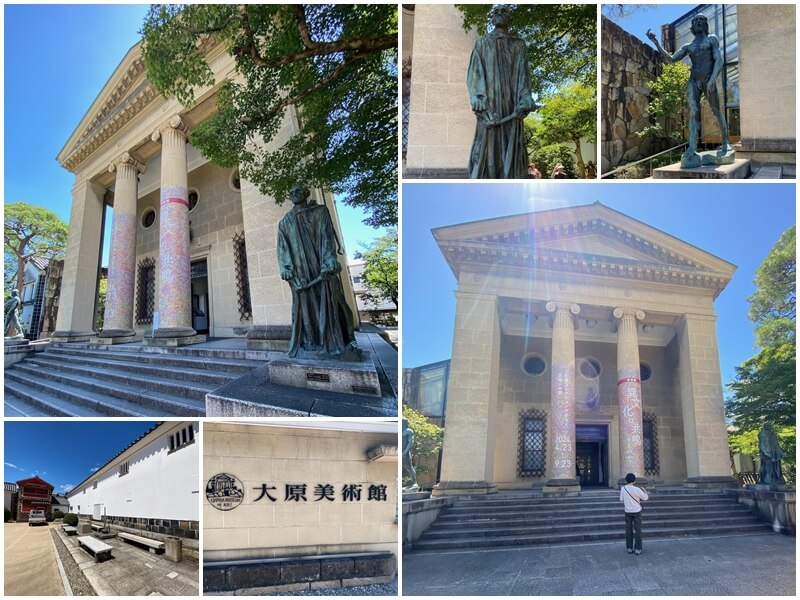
When we passed by the Ohara Museum of Art, we noticed its architectural style, resembling Greek columns and temples, pursuing excellence in art. Although not very large, it still felt impressive. On either side of the entrance were statues of ‘Citizens of Calais’ and ‘Saint John the Baptist,’ which were quite unique.
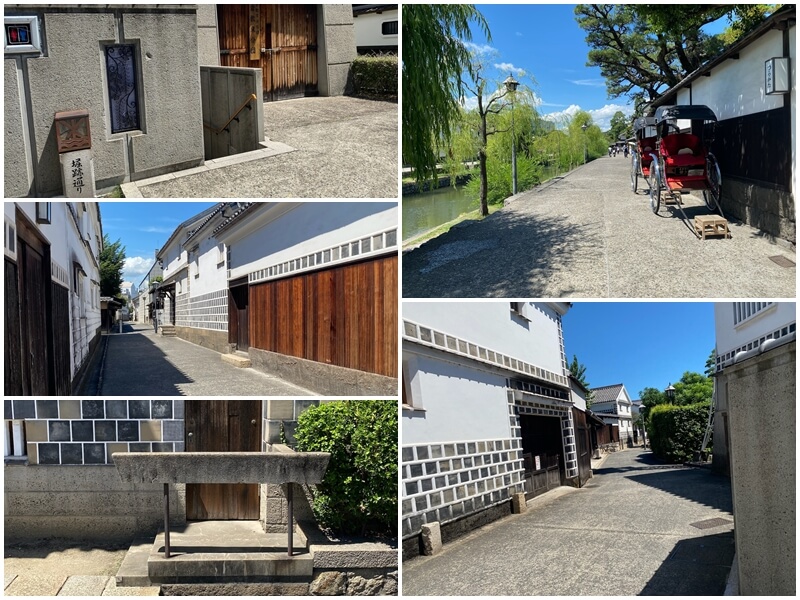
The alleys and corners of the Kurashiki Bikan Historical Quarter offered glimpses of cultural landmarks. Besides the very clean environment and the absence of noise or traffic, walking around here was incredibly relaxing for visitors.
Kurashiki Bikan Historical Quarter(美観地区)
Website:https://www.city.kurashiki.okayama.jp/6219.htm
Address:Central, Kurashiki, Okayama 710-0046日本
Phone:+81864210224
Map:
More articles :
- Shikoku 10-day self-guided trip – Night 6 at Toyoko Inn Takamatsu Hyogomachi
- Eat sushi at Seto no Matsuri Sushi Hyogochoten branch before returning to the hotel